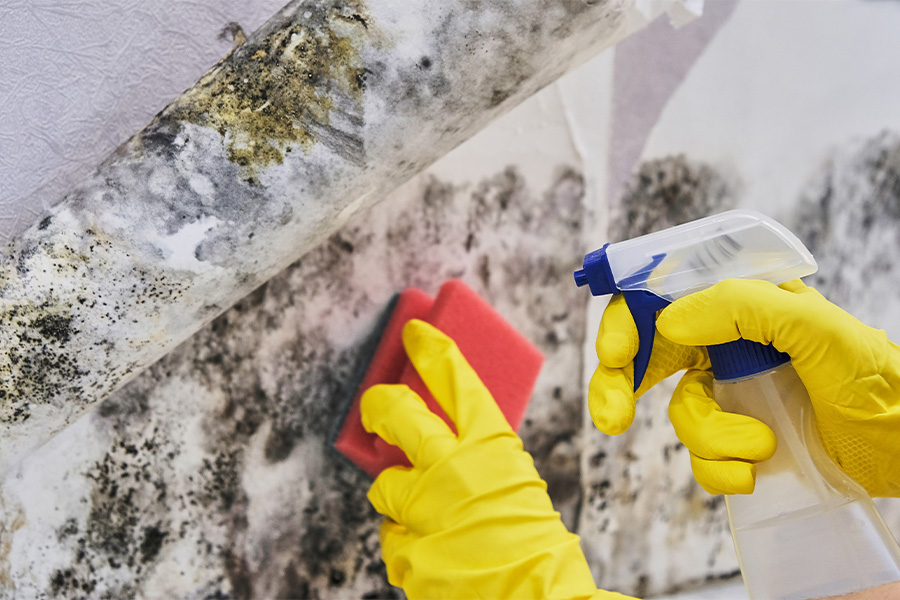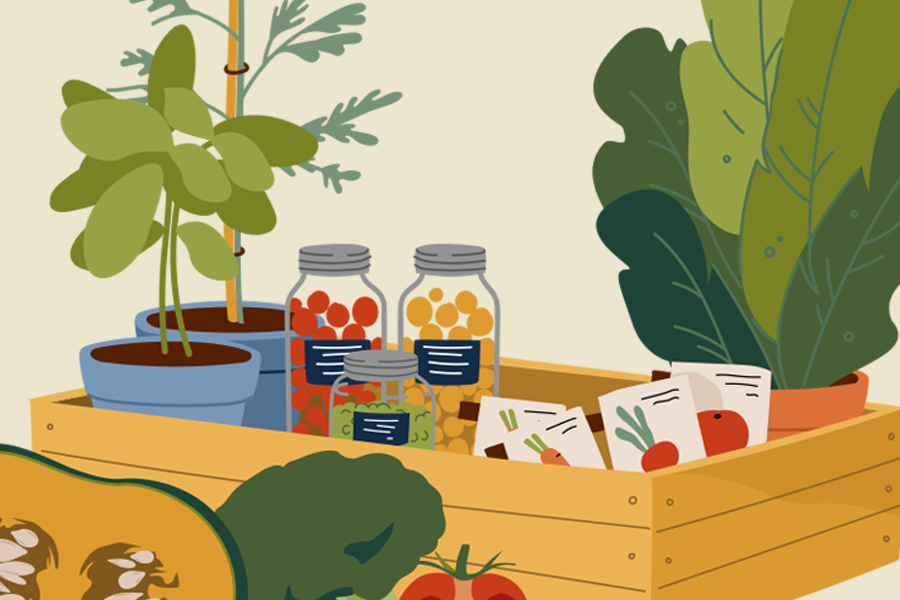Health and Family
-

C 1052-22
Owning the Message
Making an effort to nourish your marital relationship can greatly strengthen your marriage. When conflicts do arise, using “I” statements can make communication more positive. In this publication, we list ways to nourish the relationship, explain the use of “I” statements, and describe the positive impact compliments can have in improving the marriage.
Ted Futris
|
-

Graduating from college is a time of difficult transition for many young adults. This circular is a research-based guide giving practical tips to assist recent college graduates in transitioning to their new role as adults in the workplace and beyond.
Amanda Newquist and Lauren Griffeth
|
-

El moho crece a partir de las esporas, que se encuentran naturalmente en el aire y no se pueden ver a simple vista. Las esporas de moho actúan como semillas, haciendo que el moho crezca si las condiciones son adecuadas. El moho suele ser fácil de detectar. Aunque es posible utilizar pruebas para determinar la presencia de moho, por lo general no es necesario o recomendado hacerlo, usted puede detectar el moho rápidamente usando su vista y olfato.
Tenga en cuenta que las primeras señales de moho pueden ser el desarrollo de síntomas similares a los de una alergia. Si detecta un exceso de humedad o un olor a humedad, pero no ve moho, asegúrese de revisar detrás de los gabinetes y el papel tapiz, y debajo de las alfombras. Estos son escondites comunes para el moho. Realice una inspección completa de su hogar utilizando la Lista de Verificación de Humedad y Moho de UGA.
La clave para controlar el moho es eliminar la fuente del problema de la humedad.
(Translation provided by Ines Beltran)
Pamela Turner
|
-

This circular describes the process of saving seeds, particularly for heirloom varieties in the Georgia garden. This guide is useful for both home gardens and school or community gardens.
Rebecca Griffin, Clark MacAllister, Ashley Hoppers, and Jacob Williams
|
-

Operating a chainsaw is inherently dangerous. Chainsaw cuts are always serious, but this is not the only hazard a saw operator faces. Saw operators are often struck by falling limbs and trunks as the tree moves during felling. Saw operators may fall off ladders or out of trees, or they may trip while moving through brush and uneven ground. Even when the tree is on the ground, danger lurks in wood under tension. Spring poles snap and logs roll unexpectedly. Personal protective equipment (PPE) saves lives every day. The Occupational Safety and Health Administration (OSHA) requires that saw operators wear the PPE described in this publication, including head protection, eye protection, ear protection, chainsaw chaps or pants, and suitable footwear.
Billy Hutcheson, Ellen Bauske, and José Orellana
|
-

Most farm injuries and fatalities are preventable when you adhere to safe operating practices. The following are general guidelines for improved safety on the farm.
Glen Rains
|
-

Simple steps can stop preventable accidents in the laundry room. Laundry packets are used by millions of consumers and households each year and contain a highly-concentrated, pre-measured dose of detergent. They are very convenient and easy to use, however, as with any household cleaning product, these should be kept up and out of reach and sight of small children.
Pamela Turner and Keishon Thomas
|
-

There may be insect fragments, lead dust, pesticides, pollen, dust mites, animal dander, hair, human skin flakes, fungal spores, or cigarette ash in household dust. Around 30 to 40 percent of the contaminants inside your home are brought in from outdoors. Dust gets into your home on shoes and clothing, or pets can track contaminants in on their paws and fur. Not surprisingly, the greatest concentration of household dust is found in carpeting near the entryway.
The first four steps you take inside your front door bring in close to 85 percent of the outdoor contaminants found inside your home. By taking a few simple steps you can improve the health of your home and reduce the time spent cleaning.
Pamela Turner
|
-

B 1438
Is Your Label Gluten Free?
With the increased demand for “gluten-free” products in the market place, food processors and manufacturers have started to develop more and more better-tasting and nutritious food products that are also gluten-free. However, the federal food labeling regulations for gluten-free products can be very confusing for small food processors and new food product entrepreneurs.
The purpose of this bulletin is to assist small food processors and food entrepreneurs in their understanding of the FDA labeling requirements for putting “gluten-free” on the label of packaged food products. The authors do not claim interpretation or replacement of any other federal or state regulations about labeling requirements.
Anand Mohan and William Hurst
|